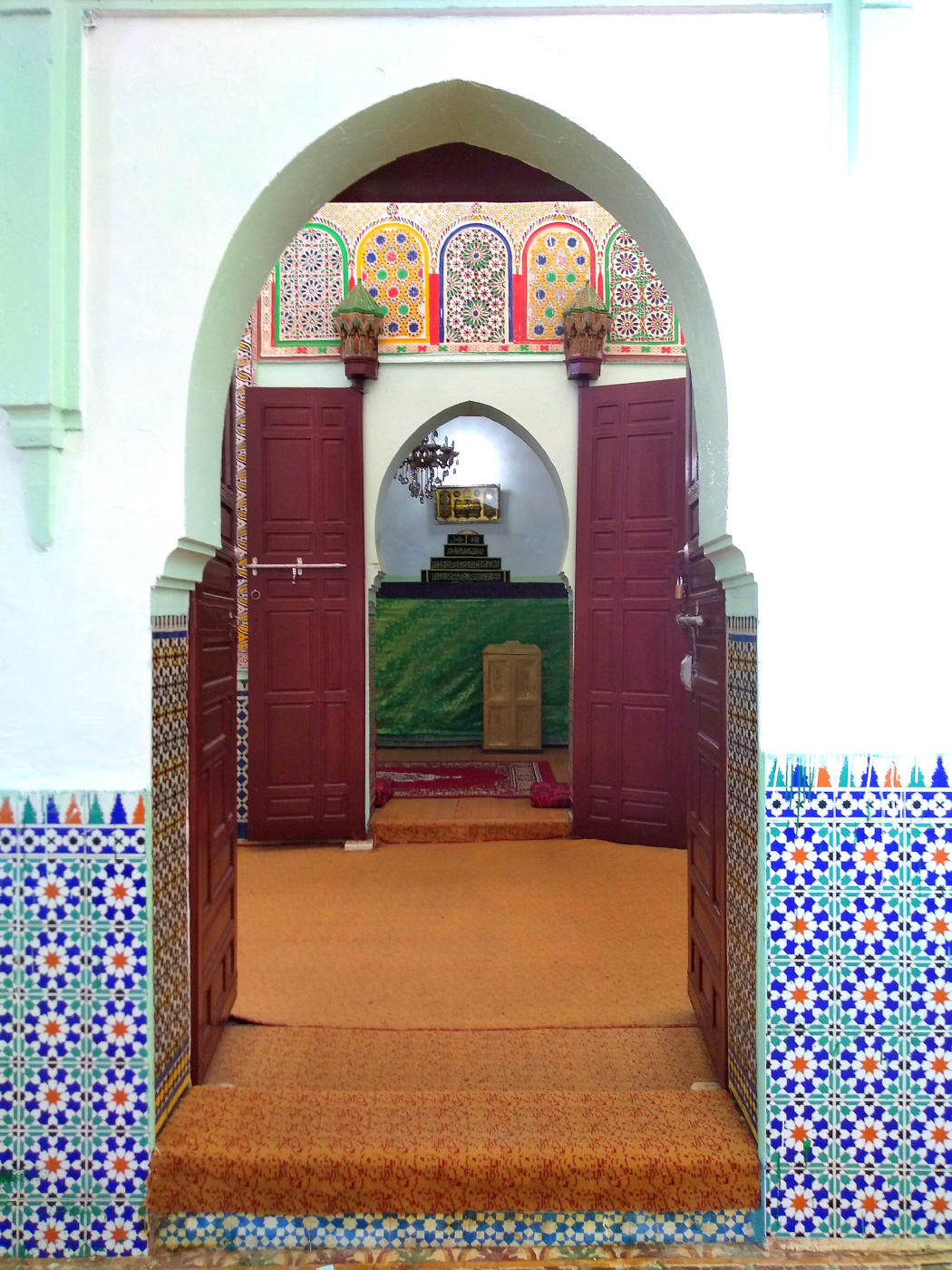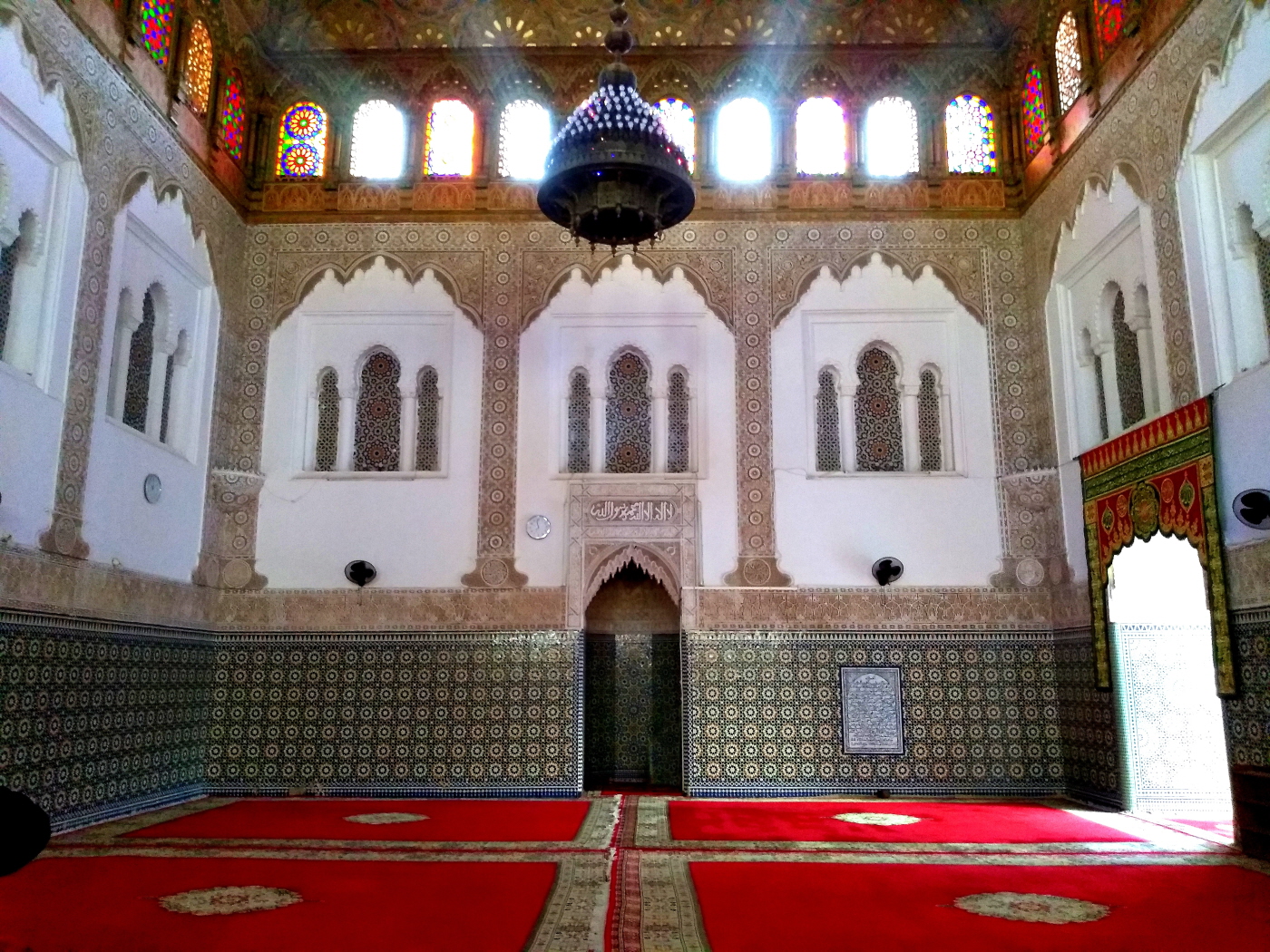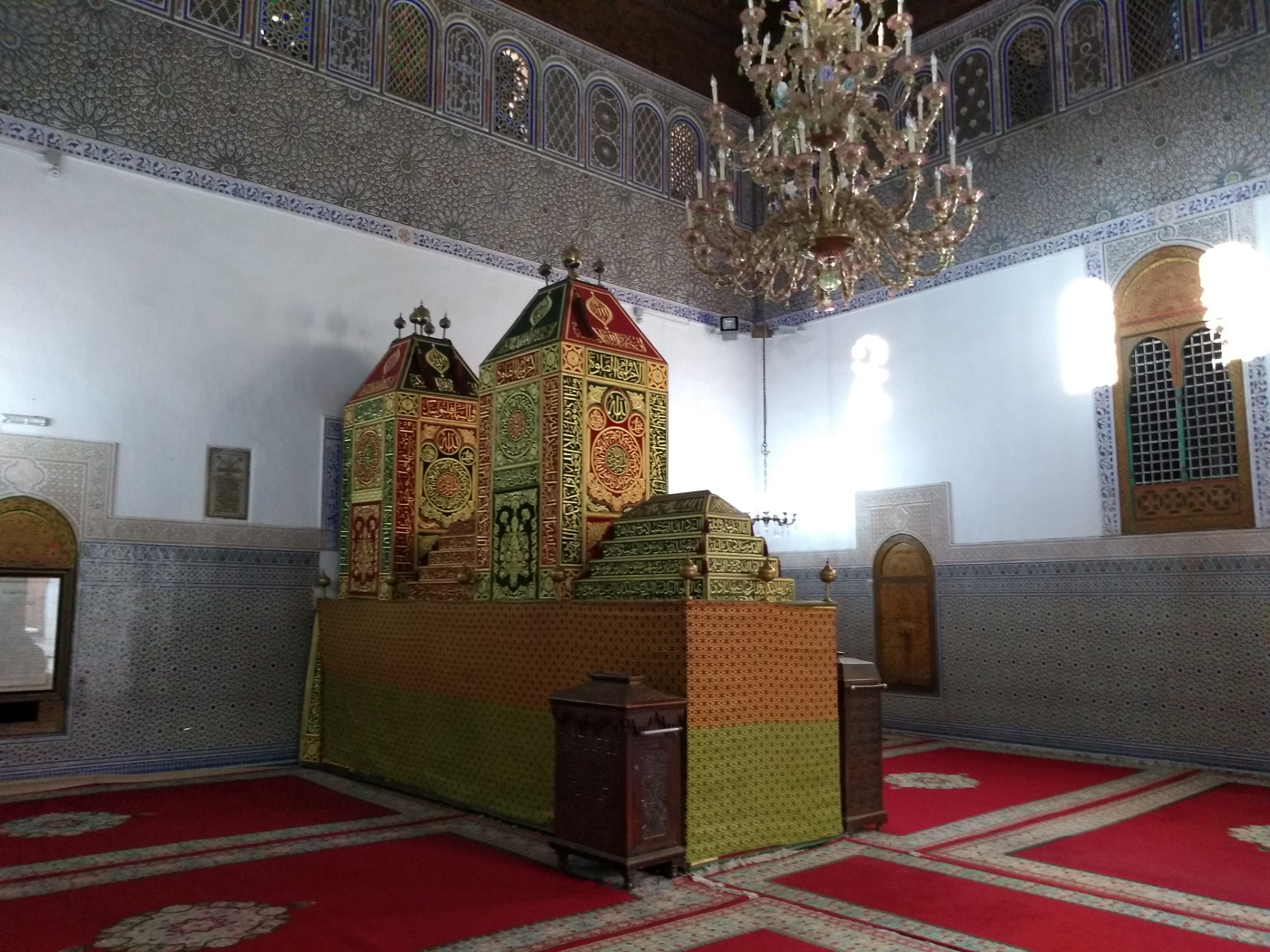Traveling in Morocco
Umrah - Jordan
Embrace Foundation is a non-profit, educational foundation set up to create better understanding between people of different religions, cultures, traditions and world philosophies.
Embrace Foundation works to bring leaders and scholars of world-wide religions, cultures and philosophies together by sponsoring forums, seminars, lectures and developing an international exchange program. Embrace Foundation is particularly concerned with reaching the world public through the media.
Embrace Foundation works to bring leaders and scholars of world-wide religions, cultures and philosophies together by sponsoring forums, seminars, lectures and developing an international exchange program. Embrace Foundation is particularly concerned with reaching the world public through the media.
Purpose
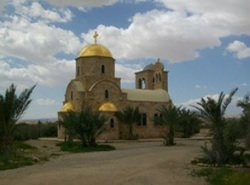
Donations
Embrace Foundation is an all volunteer
organization. All donations go directly to
programs.
Embrace Foundation does not and has
never given permission to any outside
organization to solicit or receive
contributions on our behalf.
All donations should be made to Embrace
Foundation only via Paypal or by mail. All
donations are tax deductible. A receipt will
be emailed to you. Please click on the Pay
Pal link below to Donate.
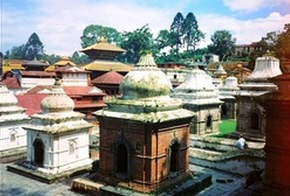
Travel As An Interfaith Act
Embrace encourages all who can do so, to
learn about other traditions and cultures by
traveling as “Grassroots Diplomats.” We
hope that people every where become life
long students of our world-wide humanity.
“ In every man there is something wherein I
may learn of him, and in that I am his pupil.”
R.W.Emerson
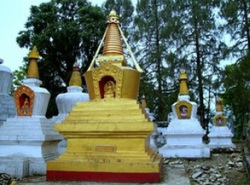

Embrace Humanity

Great Visions - TV
Guests are: Swami Satchidananda &
the Rt. Reverend Dean Parks Morton
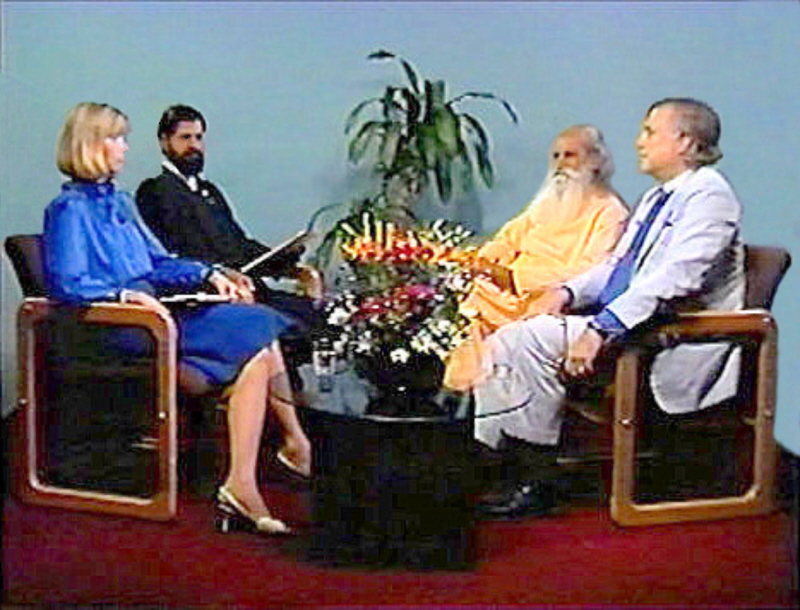
Embrace Archives
Limited Editions Gallery
Umrah - Jordan
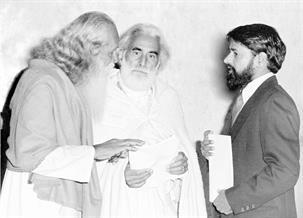
Thank you for making a donation.
NEW ! See: TRAVELING IN COPTIC EGYPT 2020 - TRAVELING IN MOROCCO 2020 article with many photos in CELEBRATE HUMANITY
Embrace Foundation International
- Great Visions TV
- Inspirations
- Media
- Possibilities
- Astrophysics, Quantum Physics & The Nature of Reality
- Deconstructing Nuclear Fission & Nuclear Waste
- Defense Industry as Community Builders
- Defense Industry As Energy Providers
- Global Water Shortages
- Innovative Technology
- Intelligent Communities & Development
- Pentagon & Non-Western Nations
- Recreating
- Resource Based Population
- Sharing Community Resources
- Protecting Human Rights
- Spiritual Ecology
- Syria
- Write to Us
TRAVELING IN MOROCCO
Dec. - Jan. 2020
Islam in Morocco
Morocco has held an unprecedented openheartedness to people of all persuasions for many decades. Part of this is no doubt due to the respect that sufis of all orders have been accorded in Morocco. King Hassan and many of his ministers had a real affection for the Sufi community which Virginia witnessed first-hand and they supported the belief in the Qur’anic sura: Al Baqarah 256 -The Cow which states: “Let there be no compulsion in religion: Truth stands out clear from Error: whoever rejects evil and believes in Allah (the Divine) hath grasped the most trustworthy hand-hold, that never breaks. And Allah (the Ultimate, the Uncaused Cause) heareth and knoweth all things.
We would like to emphasize for those people in the Islamic community who have occasionally disputed the word “Allah” being interchangeable with Lord, God, Divine, Yahweh, Ultimate Truth (Al Haqq) or philosophically, the Uncaused Cause – etc., that within the Qur’an itself are the 99 Beautiful Names; names of Allah, that are used by Allah (the One) to describe itself. These names range from the first two, that are mentioned between them 171 times in the Qur’an – (Ar-Rahman The Most Beneficent & Ar Rahim – The Most Merciful or Compassionate.)
Jewish Sacred Places in Morocco
Ajata and Virginia who had traveled in Morocco before, were amazed at Muslim Moroccans encouraging them to visit synagogues. In Zagora, which has a strong Berber influence, Berbers insisted on taking Ajata and Virginia to what they say is an old synagogue (adobe) in the Kasbah that is currently being rebuilt. Berbers also pointed out adobe “clay” ruins which they say were once a Berber and a Jewish (probably “Hebrew”) school that sat next to one another. Only scholars of Judaism in North Africa can verify this but the Berber crafts people have made wooden doors with Menorahs and the Star of David in them in anticipation of Jewish visitors. They told Ajata and Virginia that Berbers and the Jewish people always got along. If visiting Zagora, Maison Toudra Exposition Artisanal is a store which displays traditional Berber artifacts, as well as sells jewelry, clothing and crafts by consignment of various tribal and Berber people.
The Non-Violent Jewish Sects of Peace & Faith
A part of this welcoming is without a doubt the peace-oriented, non-violent and open-hearted theology of many members of the Torah Jewish Community, including of course, the Hassidic and Litvak communities. They have for many decades done outreach to Islamic people and governments and they have never harmed Palestinians. The Palestinian issue is one filled with pain for most Islamic people. In fact, although it is claimed that the Lazama Synagogue in Marrakesh is a museum and is inactive that is not true as there is a current Jewish calendar and a banner which notes a recent 2018 wedding at the synagogue. This gives evidence of the protection and support that the non-violent Jewish community receives in Morocco, even if quietly.
Above is a photo of two young girls. The little girl with the hijab, (Islamic head covering) speaks not only French, Arabic, English but also Hebrew and she came over to Ajata and Virginia wanting to take them to one of the synagogues. However, to her disappointment, they had already visited the sacred place.
It should be noted that there are at least two shrines of Jewish saints in Morocco. We have a photo of the Reb Abrahim Moul Ness shrine that Jewish people from around the world come to visit. (Photos above) There is also one in Essaouira which we were not able to go to.
Bismillah Ar Rahman, Ar Rahim . . .
Jewish people have courageously continued to live in Islamic countries, neither harming Palestinians or their fellow citizens. Furthermore, they do not put additional pressure on Palestinians living under horrific conditions by relocating. Additional pressures that would occur, if after unkind treatment Jewish families of the Maghreb are compelled to flee to the Holy Land. Protect innocent people, both in Maghreb Jewish Communities and in the Palestinian Community by being compassionate.
Islamic Saints & Their Zawiyaas
There is a bit of a contradiction in what has been written about the Islamic saints and the Sufi community in Morocco at this current time. Although, Morocco plays host to some enormously popular international music festivals, including a Sacred Music Festival and a Sufi Music and Culture Festival (for 8 days in April) in Fez, many Moroccans will deny knowing anything about Sufism.
Years ago when Ajata and Virginia asked about sufis while traveling In Morocco, there were always villagers and people in local neighborhoods who knew a Sidi, Sufi Sheikh, Murshid, but the cities have become so Westernized that most young people in Morocco are totally unfamiliar with the terminology or any additional spiritual practices. Part of this may be due to the fact that the national language in Morocco is definitively “French” although most people also know Arabic and the Berber language is used in signage, most especially on government buildings. (In fact, nowhere in the Islamic world have the Embrace Founders ever seen a majority of people praying 5 times a day,)
The opposite is happening among young Muslims in Europe and the United States and other parts of the Western world where many Muslims often participate in sacred zikr (chanting both aloud and in some orders silently) and additional prayers (Sal-at), especially during Ramadan with the people of an order.
The world-wide economic collapse for vast numbers of people in just about every country, including many Islamic countries has had the effect of making many people lose hope and faith. People have replaced belief in sacredness in improving ones life, to just relying on mobile phones and computers to help them find work or an affordable place to live.
In addition, the Embrace Founders guess that the threat of Islamic fanatics coming over the borders from Mali, Chad, Niger and the Sahel Region in general, has made many Moroccans cautious as they have no doubt heard stories from those immigrants and refugees in Morocco who’ve escaped desperate situations in the Sahel countries.
What Direction Is Morocco Going?
In short, Morocco is definitely moving in the direction of Westernization in the large cities and less so in the rural regions. Like Turkey it is quite common to see a mother with a hijab and overcoat or jelaba or an abaya (long covering) with two older daughters; one wearing jeans and a hijab and the other wearing leggings and a shirt without any head covering.
Since the advent of western coffee franchises has taken-off with alacrity for university students in Morocco; single women, as well as, men and women now sit together drinking coffee and fewer cafes in urban areas are the exclusive bastion of men only.
Outspoken Women
Ajata and Virginia were quite surprised to see middle-aged, traditionally dressed women publicly take on men with heated tongue-lashings. It seems that various types of taxi/ van drivers are most often the recipients of their ire. Women have often been in charge of family and household finances and they are very much coming into their own. It is not likely they are going to go back to being innocuous in public. As a female teacher (who is Berber) told Ajata and Virginia, women have almost always been in control in the house, it is just coming out in public now.
A Woman Hafiz
On the train traveling between Marrakesh and Casablanca the Embrace Founders enjoyed witnessing a “Hafiz” about 40 odd years old training an early thirtyish woman the fine points of memorizing and chanting the Qur’an. The traditional woman had already mastered, it seems, much of the Qur’an but needed to get the inflections correct.
Education, Illiteracy & Peace
Illiteracy seems to be an issue. We can not speak with any authority but repeatedly when we showed written locations to people in Medinas and taxi drivers, they seemed not to be able to read either French or Arabic.
The only hope for peace in any country, is for the majority of people to have an education. In Kashmir we have heard absolutely ridiculous assertions about the Qur’an and Hadith and since the people espousing these fictions can not read, any self-styled Imam can tell them any thing about the Qur’an and Hadith and they have absolutely no way to confirm or deny it.
We have heard a few equally fictitious assertions in Morocco, so it is incumbent on those in the field of education and leadership to work especially hard at getting people educated in a secular unbiased setting if they want to ensure peace.
PUBLIC TRANSPORTATION IN MOROCCO
The public transportation, especially the trains are excellent in Morocco and though there are some travel guides that do not to want to be bothered with giving a schedule of the trains, it is better for the environment, especially Morocco’s environment and for meeting the Moroccan people to travel on mass transit. Of course, there are some good reasons and not easily accessible locations that compel visitors to travel by car, but if this is not the case, it is better and often faster to travel longer distances via the mass transit. The train system does offer different classes of carriages on the trains.
Recommended reading for better understanding of Islam and it’s relationship with it’s saints:
The Way of The Sufi by Idries Shah, Tales of The Dervishes by Idries Shah
For Westerners interested in Interfaith: The Sufi Message - Murshid Hazrat Inayat Khan
Dec. - Jan. 2020
Islam in Morocco
Morocco has held an unprecedented openheartedness to people of all persuasions for many decades. Part of this is no doubt due to the respect that sufis of all orders have been accorded in Morocco. King Hassan and many of his ministers had a real affection for the Sufi community which Virginia witnessed first-hand and they supported the belief in the Qur’anic sura: Al Baqarah 256 -The Cow which states: “Let there be no compulsion in religion: Truth stands out clear from Error: whoever rejects evil and believes in Allah (the Divine) hath grasped the most trustworthy hand-hold, that never breaks. And Allah (the Ultimate, the Uncaused Cause) heareth and knoweth all things.
We would like to emphasize for those people in the Islamic community who have occasionally disputed the word “Allah” being interchangeable with Lord, God, Divine, Yahweh, Ultimate Truth (Al Haqq) or philosophically, the Uncaused Cause – etc., that within the Qur’an itself are the 99 Beautiful Names; names of Allah, that are used by Allah (the One) to describe itself. These names range from the first two, that are mentioned between them 171 times in the Qur’an – (Ar-Rahman The Most Beneficent & Ar Rahim – The Most Merciful or Compassionate.)
Jewish Sacred Places in Morocco
Ajata and Virginia who had traveled in Morocco before, were amazed at Muslim Moroccans encouraging them to visit synagogues. In Zagora, which has a strong Berber influence, Berbers insisted on taking Ajata and Virginia to what they say is an old synagogue (adobe) in the Kasbah that is currently being rebuilt. Berbers also pointed out adobe “clay” ruins which they say were once a Berber and a Jewish (probably “Hebrew”) school that sat next to one another. Only scholars of Judaism in North Africa can verify this but the Berber crafts people have made wooden doors with Menorahs and the Star of David in them in anticipation of Jewish visitors. They told Ajata and Virginia that Berbers and the Jewish people always got along. If visiting Zagora, Maison Toudra Exposition Artisanal is a store which displays traditional Berber artifacts, as well as sells jewelry, clothing and crafts by consignment of various tribal and Berber people.
The Non-Violent Jewish Sects of Peace & Faith
A part of this welcoming is without a doubt the peace-oriented, non-violent and open-hearted theology of many members of the Torah Jewish Community, including of course, the Hassidic and Litvak communities. They have for many decades done outreach to Islamic people and governments and they have never harmed Palestinians. The Palestinian issue is one filled with pain for most Islamic people. In fact, although it is claimed that the Lazama Synagogue in Marrakesh is a museum and is inactive that is not true as there is a current Jewish calendar and a banner which notes a recent 2018 wedding at the synagogue. This gives evidence of the protection and support that the non-violent Jewish community receives in Morocco, even if quietly.
Above is a photo of two young girls. The little girl with the hijab, (Islamic head covering) speaks not only French, Arabic, English but also Hebrew and she came over to Ajata and Virginia wanting to take them to one of the synagogues. However, to her disappointment, they had already visited the sacred place.
It should be noted that there are at least two shrines of Jewish saints in Morocco. We have a photo of the Reb Abrahim Moul Ness shrine that Jewish people from around the world come to visit. (Photos above) There is also one in Essaouira which we were not able to go to.
Bismillah Ar Rahman, Ar Rahim . . .
Jewish people have courageously continued to live in Islamic countries, neither harming Palestinians or their fellow citizens. Furthermore, they do not put additional pressure on Palestinians living under horrific conditions by relocating. Additional pressures that would occur, if after unkind treatment Jewish families of the Maghreb are compelled to flee to the Holy Land. Protect innocent people, both in Maghreb Jewish Communities and in the Palestinian Community by being compassionate.
Islamic Saints & Their Zawiyaas
There is a bit of a contradiction in what has been written about the Islamic saints and the Sufi community in Morocco at this current time. Although, Morocco plays host to some enormously popular international music festivals, including a Sacred Music Festival and a Sufi Music and Culture Festival (for 8 days in April) in Fez, many Moroccans will deny knowing anything about Sufism.
Years ago when Ajata and Virginia asked about sufis while traveling In Morocco, there were always villagers and people in local neighborhoods who knew a Sidi, Sufi Sheikh, Murshid, but the cities have become so Westernized that most young people in Morocco are totally unfamiliar with the terminology or any additional spiritual practices. Part of this may be due to the fact that the national language in Morocco is definitively “French” although most people also know Arabic and the Berber language is used in signage, most especially on government buildings. (In fact, nowhere in the Islamic world have the Embrace Founders ever seen a majority of people praying 5 times a day,)
The opposite is happening among young Muslims in Europe and the United States and other parts of the Western world where many Muslims often participate in sacred zikr (chanting both aloud and in some orders silently) and additional prayers (Sal-at), especially during Ramadan with the people of an order.
The world-wide economic collapse for vast numbers of people in just about every country, including many Islamic countries has had the effect of making many people lose hope and faith. People have replaced belief in sacredness in improving ones life, to just relying on mobile phones and computers to help them find work or an affordable place to live.
In addition, the Embrace Founders guess that the threat of Islamic fanatics coming over the borders from Mali, Chad, Niger and the Sahel Region in general, has made many Moroccans cautious as they have no doubt heard stories from those immigrants and refugees in Morocco who’ve escaped desperate situations in the Sahel countries.
What Direction Is Morocco Going?
In short, Morocco is definitely moving in the direction of Westernization in the large cities and less so in the rural regions. Like Turkey it is quite common to see a mother with a hijab and overcoat or jelaba or an abaya (long covering) with two older daughters; one wearing jeans and a hijab and the other wearing leggings and a shirt without any head covering.
Since the advent of western coffee franchises has taken-off with alacrity for university students in Morocco; single women, as well as, men and women now sit together drinking coffee and fewer cafes in urban areas are the exclusive bastion of men only.
Outspoken Women
Ajata and Virginia were quite surprised to see middle-aged, traditionally dressed women publicly take on men with heated tongue-lashings. It seems that various types of taxi/ van drivers are most often the recipients of their ire. Women have often been in charge of family and household finances and they are very much coming into their own. It is not likely they are going to go back to being innocuous in public. As a female teacher (who is Berber) told Ajata and Virginia, women have almost always been in control in the house, it is just coming out in public now.
A Woman Hafiz
On the train traveling between Marrakesh and Casablanca the Embrace Founders enjoyed witnessing a “Hafiz” about 40 odd years old training an early thirtyish woman the fine points of memorizing and chanting the Qur’an. The traditional woman had already mastered, it seems, much of the Qur’an but needed to get the inflections correct.
Education, Illiteracy & Peace
Illiteracy seems to be an issue. We can not speak with any authority but repeatedly when we showed written locations to people in Medinas and taxi drivers, they seemed not to be able to read either French or Arabic.
The only hope for peace in any country, is for the majority of people to have an education. In Kashmir we have heard absolutely ridiculous assertions about the Qur’an and Hadith and since the people espousing these fictions can not read, any self-styled Imam can tell them any thing about the Qur’an and Hadith and they have absolutely no way to confirm or deny it.
We have heard a few equally fictitious assertions in Morocco, so it is incumbent on those in the field of education and leadership to work especially hard at getting people educated in a secular unbiased setting if they want to ensure peace.
PUBLIC TRANSPORTATION IN MOROCCO
The public transportation, especially the trains are excellent in Morocco and though there are some travel guides that do not to want to be bothered with giving a schedule of the trains, it is better for the environment, especially Morocco’s environment and for meeting the Moroccan people to travel on mass transit. Of course, there are some good reasons and not easily accessible locations that compel visitors to travel by car, but if this is not the case, it is better and often faster to travel longer distances via the mass transit. The train system does offer different classes of carriages on the trains.
Recommended reading for better understanding of Islam and it’s relationship with it’s saints:
The Way of The Sufi by Idries Shah, Tales of The Dervishes by Idries Shah
For Westerners interested in Interfaith: The Sufi Message - Murshid Hazrat Inayat Khan
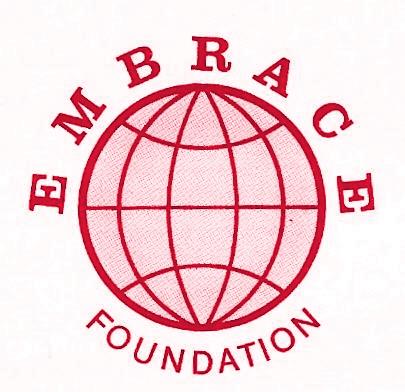
Embrace Foundation Retreat Center
Embrace.Foundation (skype messaging) - 011+1+212.675.4500 (New York)
Click to Email Us

